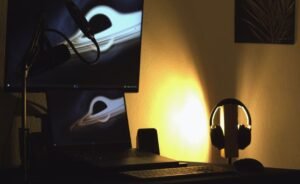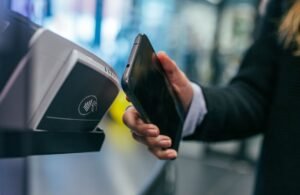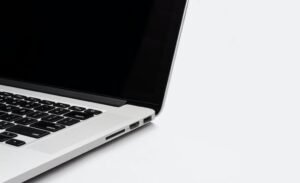Deepfake: How to Spot
Deepfake technology has emerged as a prominent concern in our modern digital landscape. With sophisticated manipulation algorithms and artificial intelligence, deepfakes have the ability to create hyper-realistic, manipulated videos or images that can be extremely difficult to distinguish from genuine content. It is important to understand the mechanics and techniques used in creating deepfakes in order to identify and combat their harmful effects.
Key Takeaways:
- Deepfakes are AI-generated manipulated media that appear realistic.
- Common uses of deepfakes include spreading misinformation and defamation.
- Becoming familiar with key indicators and using specialized software can help spot deepfakes more effectively.
- Educating oneself and others about deepfake detection is crucial to limit their impact.
**Deepfakes** are typically created using deep learning techniques to blend the likeness of one person onto another’s body or face. These manipulations can make it difficult to identify the authenticity of the content. *Despite their potentially harmful consequences, deepfakes can also be used for entertainment purposes, such as in movies or viral videos.*
How to Spot Deepfakes:
Spotting deepfakes requires a keen eye and knowledge of certain visual cues that can indicate manipulation. Here are a few tips to help you identify deepfakes:
- **Inconsistent facial expressions**: Pay attention to any unnatural or inconsistent facial movements as it indicates potential manipulation.
- **Unusual blinking or lack thereof**: Deepfakes often struggle to accurately replicate natural blinking patterns, so watch out for unusual blink patterns or even the absence of blinks.
- **Mismatched audio and visual cues**: If the speech and facial movements do not align properly, it could be a sign of manipulation.
- **Abnormal shadows or lighting**: Deepfakes might have discrepancies in lighting and shadows, causing unnatural or inconsistent shadows in the video/image.
- **Strange artifacts**: Look for any visual abnormalities, such as blurry edges or strange pixelation, which can indicate the presence of a deepfake.
- **Contextual clues**: Consider the source of the content and its surrounding context. If it seems suspicious or out of character for the person involved, exercise caution.
Understanding the Impact of Deepfakes:
Deepfakes pose significant risks to our society, including spreading misinformation, damaging reputations, and undermining trust. *As technology improves, the ability to create convincing deepfakes becomes easier and more accessible.*
Here are some key concerns associated with the rise of deepfakes:
- **Disinformation campaigns**: Deepfake technology can be used to deceive and manipulate individuals, potentially leading to the spread of false information.
- **Political implications**: Deepfakes can be employed to manipulate public opinion, sway elections, or create chaos within political systems.
- **Identity theft**: Deepfakes have the potential to be used maliciously in identity theft or fraud, causing significant harm to individuals.
- **Privacy concerns**: The ability to create realistic fake images or videos raises concerns about privacy and consent. Innocent individuals may be targeted and spoofed without their knowledge or consent.
Deepfake Detection Tools:
To assist in identifying deepfakes, several tools and technologies have been developed. These tools use various techniques to analyze and detect signs of manipulation in media files. Here are three noteworthy deepfake detection tools:
| Tool | Description |
|---|---|
| 1. Deeptrace | Deeptrace provides an automated deepfake detection platform that uses artificial intelligence to analyze visual cues and detect manipulated content. |
| 2. Sensity | Sensity specializes in deepfake detection for social media platforms, offering solutions to identify and remove deepfake content. |
| 3. Microsoft Video Authenticator | Microsoft Video Authenticator is a free tool that analyzes videos and provides a confidence score indicating the probability of manipulation. |
**Remember**, no single tool is foolproof, and it is crucial to combine these technologies with human expertise for accurate deepfake detection.
Addressing the Challenge:
The battle against deepfakes requires a collaborative effort from various stakeholders. *By investing in research and development, promoting media literacy, and enhancing legislation, we can work towards minimizing the detrimental effects of this technology*. Be vigilant and spread awareness to ensure the harmful impact of deepfakes is minimized.
By following the provided guidelines and staying informed about emerging techniques, you can play an active role in identifying deepfakes and protecting yourself and others from their potential risks.
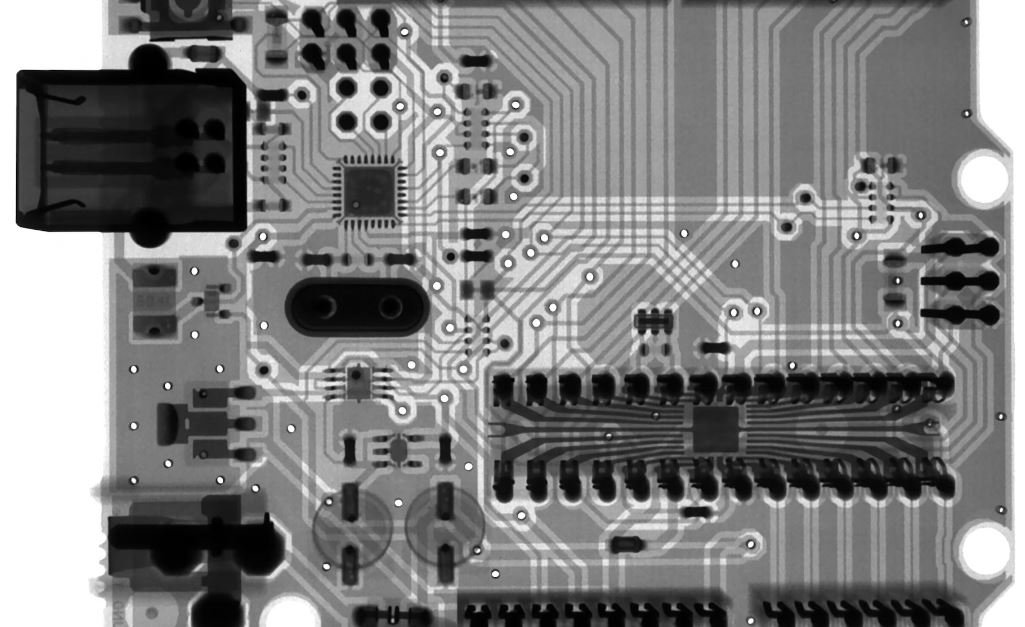
Common Misconceptions
Misconception 1: Deepfakes are always easy to spot
One common misconception about Deepfakes is that they are always easily detectable. However, with advancements in technology, Deepfakes have become increasingly sophisticated, making it harder to identify them.
- Deepfakes can now replicate facial expressions, movements, and audio with astonishing accuracy.
- Some Deepfakes can even incorporate imperfections and subtle cues to make them more convincing.
- Deepfake algorithms are constantly evolving, enhancing their ability to deceive viewers.
Misconception 2: Deepfakes are only used for malicious purposes
Another misconception is that Deepfakes are exclusively used for malicious intents, such as spreading fake news or defaming individuals. However, Deepfake technology has potential applications beyond deception.
- Deepfakes can be used in the film industry to create realistic visual effects or to bring deceased actors back to the screen.
- Medical professionals are exploring the use of Deepfakes to simulate patient cases for training purposes.
- Deepfakes can aid in historical reenactments by reconstructing the appearances of important figures.
Misconception 3: Only professionals can create Deepfakes
Many people believe that creating Deepfakes requires advanced technical skills and can only be done by professionals. However, with the availability of open-source software and online tutorials, anyone with basic computer knowledge can generate Deepfakes.
- Various user-friendly Deepfake apps and websites have emerged, simplifying the process for beginners.
- Step-by-step guides and video tutorials make it more accessible for individuals to learn and create Deepfakes.
- Community forums allow people to share their experiences, ask questions, and receive guidance on Deepfake creation.
Misconception 4: Deepfakes only target celebrities and public figures
Some people believe that Deepfakes are primarily used to target celebrities and public figures for defamation or embarrassment. However, Deepfakes can affect anyone, including ordinary individuals who may become victims of non-consensual pornography or other fraudulent activities.
- Deepfakes can be used for personal vendettas, cyberbullying, or other forms of harassment.
- Under the guise of someone else’s identity, criminals can potentially manipulate others or engage in unlawful activities.
- While celebrities may be more likely targets due to their visibility, the potential harm of Deepfakes extends to individuals from various walks of life.
Misconception 5: Deepfakes can always be debunked
Finally, a common misconception is that all Deepfakes can be easily debunked and distinguished from authentic content. While there are methods and tools available to identify Deepfakes, it is an ongoing battle between creators and detectors.
- As Deepfakes become more advanced, it becomes increasingly difficult to differentiate between genuine and manipulated videos.
- Some Deepfakes can pass initial authenticity tests, requiring more advanced forensic analysis to determine their veracity.
- New deep learning techniques are continuously developed to improve the realism and deception of Deepfakes.
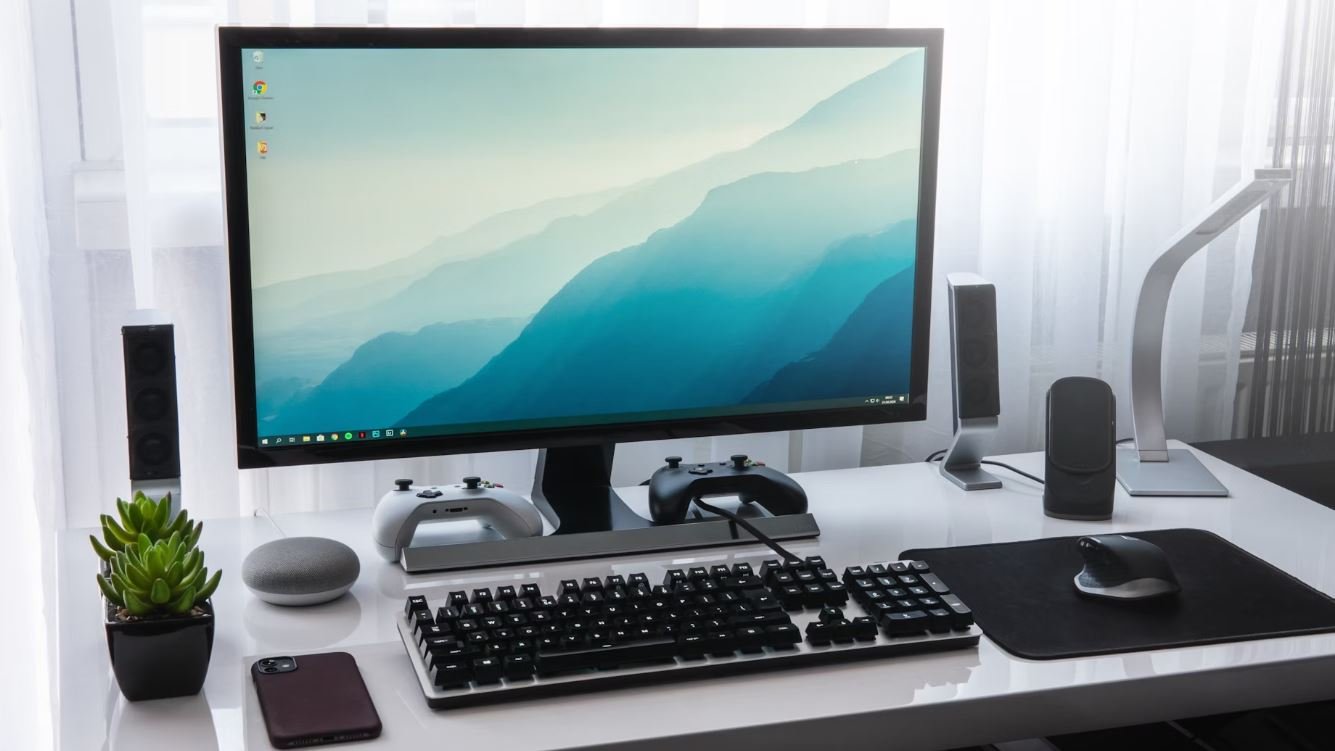
Deepfake: How to Spot
Deepfake technology has become increasingly sophisticated, posing a significant challenge in distinguishing genuine content from manipulated videos. This article aims to help readers identify common signs of deepfakes. By analyzing various aspects, such as facial inconsistencies, strange-looking eyes, and unnatural movements, we can enhance our ability to recognize these falsified videos. The following tables present illustrative examples and key points for spotting deepfakes.
Table: Facial Inconsistencies
Facial inconsistencies are a prominent feature in deepfake videos. By comparing differences in specific facial characteristics, we can alert ourselves to possible manipulation.
Table: Eye Anomalies
Eyes are a crucial element in identifying the authenticity of a video. This table highlights common eye-related signs that may indicate the presence of a deepfake.
Table: Lip Sync Accuracy
Deepfakes often struggle to accurately match lip movements with the spoken words. This table demonstrates how to detect lip sync inaccuracies in videos.
Table: Hairline Discrepancies
Examining the hairline can provide valuable clues in spotting deepfakes. This table illustrates unusual hairline variations that might suggest manipulation.
Table: Unnatural Lighting
Lighting inconsistencies can reveal the presence of a deepfake. This table gives examples of unnatural lighting effects to watch out for.
Table: Background Inconsistencies
The background of a video can be a valuable source of information when it comes to identifying deepfakes. This table depicts common inconsistencies that may indicate manipulation.
Table: Clothing Discrepancies
Deepfakes often contain clothing items that seem out of place. This table provides examples of mismatched clothing and accessories.
Table: Unusual Facial Expressions
Spotting unusual facial expressions is essential to spotting deepfakes. This table showcases notable instances of out-of-context expressions.
Table: Perspective Distortion
A deepfake video may exhibit perspective distortion, particularly when the face is misaligned with the head movements. This table presents noticeable instances of perspective distortion.
Table: Audio Inconsistencies
Audio inconsistencies can be a clear indicator of deepfakery. This table outlines audio-related signs to watch out for while analyzing videos.
In a world where fake information spreads rapidly, being able to identify deepfakes is crucial. By recognizing the signs presented in these tables—such as facial inconsistencies, eye anomalies, lip sync inaccuracies, and more—we can better navigate the digital landscape. Staying vigilant against deepfakes will help protect us from the potential consequences of manipulated videos.
Frequently Asked Questions
What are deepfakes?
Deepfakes are synthetic media in which a person’s face or voice is manipulated using machine learning algorithms to create realistic but fake videos or audios.
How are deepfakes made?
Deepfakes are created using various deep learning techniques like Generative Adversarial Networks (GANs) that combine real and fake data to generate convincing visual or audio content.
Why are deepfakes concerning?
Deepfakes raise concerns due to their potential for misuse, such as spreading disinformation, propaganda, harassment, or defamation. They can be used to create fake news or fraudulent content.
How can I spot a deepfake video?
Spotting a deepfake video can be challenging, but some signs to look for include unnatural movements, blurring or distortion around the face or body, mismatched lip-syncing, and anomalies in lighting or shadows.
What can I do to protect myself against deepfake attacks?
To protect yourself against deepfake attacks, you can be cautious about the content you share, verify information from reliable sources, avoid clicking suspicious links, and educate yourself about deepfake technology.
Are there any tools available to detect deepfakes?
Yes, there are some tools and software available that can help detect deepfakes. These tools analyze various aspects of videos or audios, including facial movements, audio signatures, and inconsistencies, to determine if they are manipulated.
Can deepfake technology be used for positive purposes?
While deepfake technology is primarily associated with negative implications, it can also be used for positive purposes like special effects in the entertainment industry, virtual reality, and improving prosthetic facial movements.
What are the legal implications of deepfake creation and distribution?
The creation and distribution of deepfakes can have legal consequences. In many jurisdictions, deepfakes can be considered as defamation or infringement of one’s privacy rights. Laws regarding deepfakes vary, so it is essential to consult with legal professionals for specific advice.
How are social media platforms combating deepfakes?
Social media platforms are investing in technologies and partnerships to combat the spread of deepfake content. They employ AI algorithms, fact-checking initiatives, and user reporting systems to identify and remove deepfake videos or audios.
What should I do if I come across a deepfake video?
If you come across a deepfake video, you should report it to the respective platform or website hosting it. Additionally, you can inform others about its fake nature and raise awareness about the risks associated with deepfakes.


